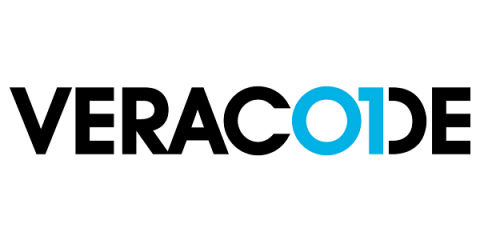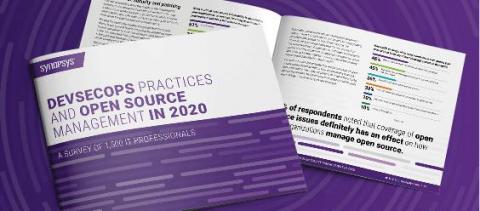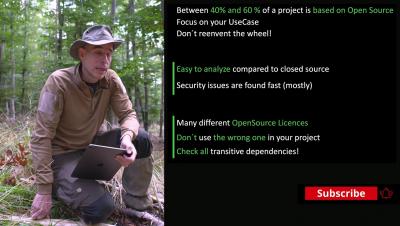State of Software Security v11: The Most Common Security Flaws in Apps
For our annual State of Software Security report, we always look at the most common types of security flaws found in applications. It’s important to look at the various types of flaws present in applications so that application security (AppSec) teams can make decisions about how to address and fix flaws. For example, high-severity flaws, like those listed in OWASP Top 10 or SANS 25, or highly prevalent flaws can be detrimental to an application.





